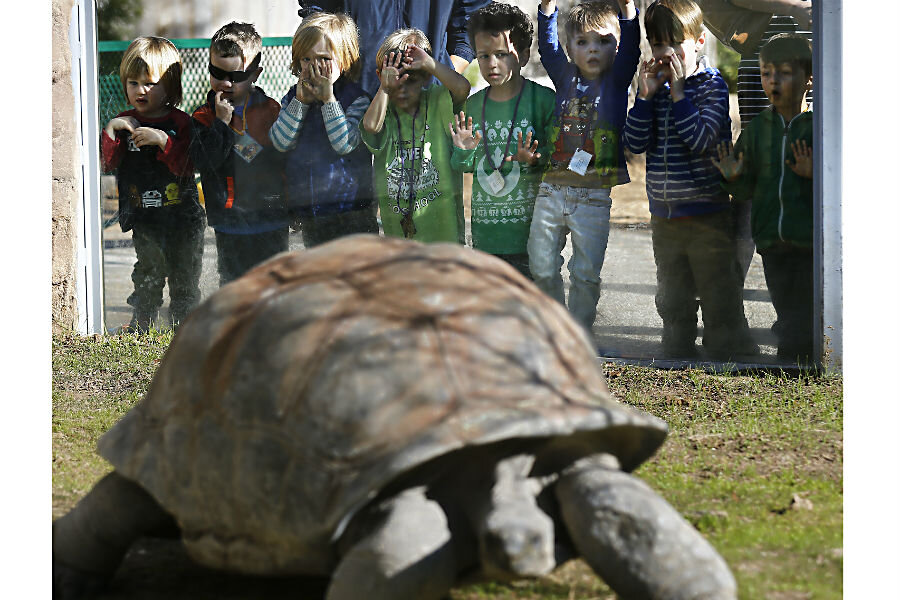Humans served tortoise appetizers 400,000 years ago
Loading...
| Jerusalem
Prehistoric cave-dwellers enjoyed munching on tortoises roasted in their shells as an appetizer or side dish, Ran Barkai, an archaeologist at Tel Aviv University, said on Tuesday.
Barkai helped lead a research team who found 400,000-year-old tortoise shells and bones in a cave in Israel that showed hunter-gatherers butchered and cooked tortoises as part of a diet dominated by large animals and vegetation.
Burn marks were found on the shells discovered in the Qessem cave, as well as signs they were cracked open and cut marks indicating the animal was butchered using flint knives.
"Now we know they ate tortoises in a rather sophisticated way," Barkai said. "It would have been a supplement - an appetizer, dessert or a side dish - to the meat and fat from large animals."
Qessem cave was uncovered during road work in 2000 and was believed to be inhabited for about 200,000 years. The site has offered scientists a rare insight into human evolution and accounted for many research papers.
Bones scattered throughout the cave have already suggested a calorie-rich prehistoric menu of horses, fallow deer and wild ox. A study last year, based on plaque found on teeth, showed the cave's inhabitants also ate plant-based material.
The latest findings by Barkai's team, which included members from Spain and Germany, were published this week in the journal Quaternary Science Reviews.
Researchers are learning more about the diet of ancient humans. In Australia, the appetite for humongous eggs brought about the extinction of a large bird, reports The Christian Science Monitor.
The study was conducted by a team of Australian and American scientists, who analyzed burn patterns on eggshell fragments.
The giant bird, which scientists have dubbed Genyornis newtoni, weighed roughly 500 pounds and stood about seven feet tall. Its eggs would have been the size of cantaloupes, and likely weighed 3.5 pounds. Genyornis was just one of many massive ancient animals, a group that scientists collectively call megafauna.
Other gargantuan examples of Australia’s frightening animal past include a 1,000 pound kangaroo and a wombat the size of a moderately sized car. Despite their impressive size, these megafauna were no match for humans; about 85 percent of these animals went extinct after people arrived on the scene.
The study, published Friday in the science journal Nature Communications, is the first to shine some light on the connection between humans and the extinction of Australia’s gigantic megafauna.
"We consider this the first and only secure evidence that humans were directly preying on now-extinct Australian megafauna," Gifford Miller, a geology professor at University of Colorado, Boulder.
(Editing by Jeffrey Heller and Raissa Kasolowsky)






